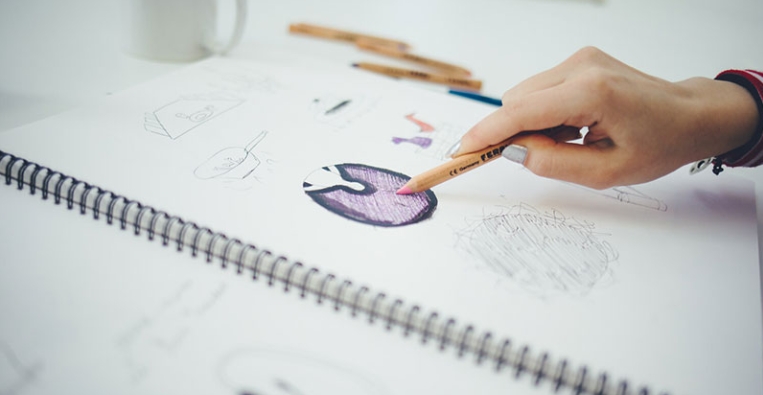Portfolio drawings are an essential part of an artist’s arsenal, showcasing their skills and creativity to potential clients and employers. Here are some tips and tricks to help you master the art of portfolio drawings and increase your chances of success.
Choose a Strong Theme
A cohesive theme will tie your portfolio drawings together and give them a sense of unity. Choose a theme that reflects your style and interests, whether it’s a certain genre, subject matter, or color scheme.
Showcase Your Best Work
Select your strongest and most impressive drawings for your portfolio. Quality is always better than quantity, so be selective in choosing which pieces to include. Aim to showcase a variety of skills and techniques to demonstrate your versatility as an artist.
Provide Context
Include descriptions or captions for each drawing to provide context and explain your creative process. This can help potential clients and employers understand the inspiration behind your work and the thought that went into each piece.
Pay Attention to Presentation
The way your portfolio drawings are presented can make a big difference in how they are perceived. Use high-quality images or scans of your drawings, and consider investing in a professional portfolio to showcase your work in a polished and professional manner.
Update Regularly
Keep your portfolio drawings up to date with your latest and greatest work. Add new pieces as you create them and remove older pieces that no longer reflect your current skills and style.
Seek Feedback
Don’t be afraid to seek feedback from fellow artists, mentors, or professionals in the industry. Constructive criticism can help you improve your portfolio drawings and make them more appealing to potential clients and employers.
Practice, Practice, Practice
The key to mastering the art of portfolio drawings is practice. The more you draw and create, the better you will become at showcasing your skills and creativity in your portfolio.
By following these tips and tricks, you can improve your portfolio drawings and increase your chances of success in the competitive world of art and design. Keep honing your skills, seeking feedback, and updating your portfolio regularly to impress clients and employers with your talent and creativity.

